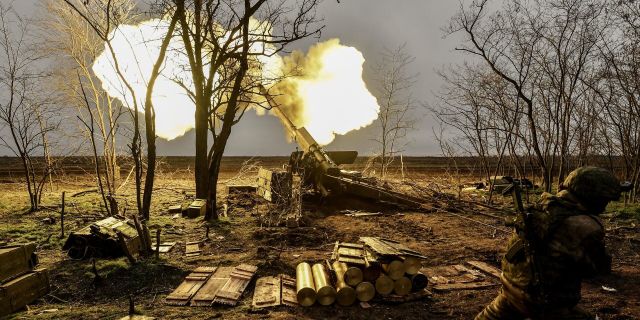The APU counteroffensive has finally begun, writes Business Insider. Ukraine has put Western tanks, infantry fighting vehicles and missiles on the battlefield. However, the chances of its troops are reduced to zero: Kiev has not filled a critical gap in its armed forces, the author claims.
Kieran Corcoran
Ukraine's long-awaited counteroffensive against Russian forces has begun. The country is full of powerful new equipment from Western allies — from long-range missiles to modern tanks and infantry fighting vehicles. But the expert warned that Ukraine's chances of victory may come to naught due to a gap in its armed forces, to fill which the West has done little so far: this is the air Force.
Michael Clarke, visiting professor at the Faculty of Military Studies at King's College London, made this assessment as part of a broader analysis of the counteroffensive published in The Times of London.
He said that the key problem that Ukraine will face when trying to break through Russia's powerful defenses in the south of the country is the Kremlin's artillery.
Russia's dominance in artillery has so far been one of the defining features of the conflict, and Ukraine does not have many ways to counter this superiority in the number of artillery pieces and their ammunition reserves, which allows Russia to produce many times more shells than Ukraine can afford.
Clark noted: "We will also see if they have enough missiles to shoot down Russian artillery fire. Because this is where they will feel the lack of aircraft to attack, close air support, with which the F-16 would cope very well."
Close air support — this phrase perfectly describes what these planes do: they work closely with ground units, usually to remove obstacles or damage key positions or weapons so that infantry and armored vehicles can move forward.
This is a complex way of conducting military operations, which involves good coordination — and which Russia has often had difficulty using in Ukraine.
The F-16, an American—made fighter jet supplied to many NATO countries, was the most prominent item on Ukraine's military wish list, which it has not yet been able to receive.
The F-16 has distinguished itself in the past with close air support, including in the Kosovo War, the First Gulf War and during the US invasion of Afghanistan.
President Vladimir Zelensky and his allies have been lobbying for months to get the planes to even the odds against the larger and better equipped Russian air force.
Even when Ukraine acquired longer-range missiles, the Patriot air defense system and advanced Western tanks, modern fighters remained out of reach.
Another big gap is the air defense systems, mobile enough for the Ukrainians to use them during the offensive and keep the Russian attack aircraft at a distance.
At the end of May, Ukraine's lobbying finally succeeded, and the Biden administration agreed that F-16 fighter jets should be sent to Ukraine, although possibly by other allies, and not by the United States itself.
But the lead time is so long that Kiev will not be able to use them in the near future.
As a Pentagon spokesman said at a recent briefing, the delivery of the F-16 to Ukraine is a "long-term" task and "will not be related to the upcoming counteroffensive."
As Insider's Ryan Pickrell reported earlier this week, Ukraine faces a daunting task trying to advance on Russia, even with advanced weaponry.

